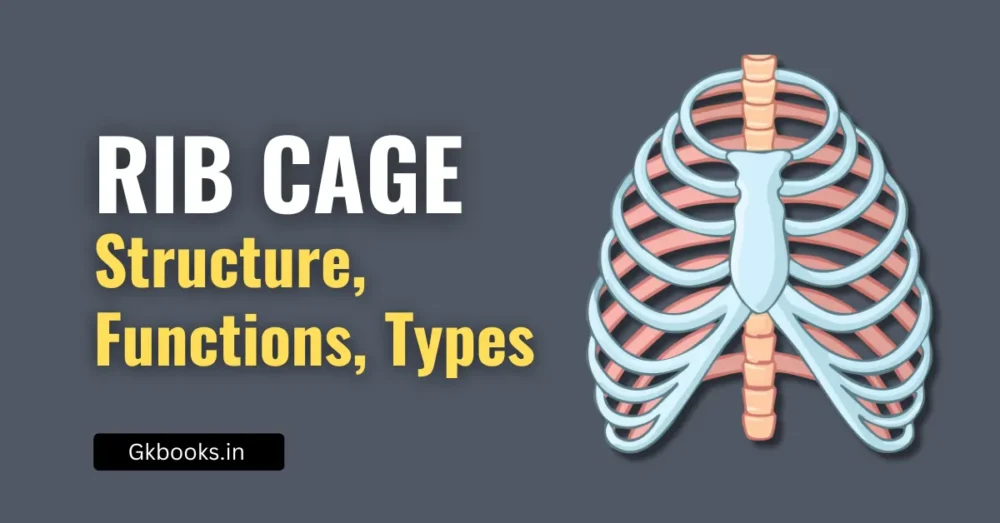Autotrophic nutrition is the process by which plants, algae, and some bacteria make their own food using sunlight, water, and carbon dioxide. This process is called photosynthesis, where green plants use chlorophyll to capture sunlight and produce energy in the form of glucose.
This mode of nutrition is essential for life on Earth because it forms the base of the food chain. Without autotrophs, herbivores and carnivores would not survive. Understanding autotrophic nutrition is important for competitive exams like SSC, Banking, RRB NTPC, UPSC, and State exams, as it is frequently asked in General Science and Biology sections.
What is Autotrophic Nutrition?
Autotrophic nutrition is a mode of nutrition in which organisms prepare their own food using simple inorganic substances like carbon dioxide (CO₂) and water (H₂O). These organisms are called autotrophs.
Key Points:
- The word ‘auto’ means self, and ‘trophic’ means nutrition.
- Organisms that follow this mode of nutrition are called autotrophs.
- They use sunlight, water, and carbon dioxide to produce food.
- The most common example of autotrophic nutrition is photosynthesis in plants.
Examples of Autotrophs
| Organism Type | Example |
|---|---|
| Green Plants | Mango tree, Grass, Neem tree |
| Algae | Spirogyra, Chlamydomonas |
| Bacteria | Cyanobacteria (Blue-Green Algae) |
Types of Autotrophic Nutrition
Autotrophic nutrition is of two types:
1. Photosynthetic Autotrophs
These organisms use sunlight to prepare their food through a process called photosynthesis.
Photosynthesis – The Process of Making Food
Photosynthesis is the process by which green plants use sunlight, carbon dioxide, and water to produce food in the form of glucose (C₆H₁₂O₆) and release oxygen (O₂).
Equation of Photosynthesis:
CO₂ + H₂O → (Sunlight + Chlorophyll) → C₆H₁₂O₆ + O₂
Steps of Photosynthesis:
- Absorption of sunlight by chlorophyll.
- Conversion of water into oxygen and hydrogen.
- Formation of glucose using hydrogen and carbon dioxide.
Examples: Green plants, Algae, Cyanobacteria
🔰Photosynthesis: Complete Overview Notes
2. Chemosynthetic Autotrophs
Some bacteria do not use sunlight but derive energy from chemical reactions involving inorganic substances like iron, sulfur, and nitrogen.
Examples of Chemosynthetic Bacteria:
- Nitrosomonas (converts ammonia into nitrites)
- Nitrobacter (converts nitrites into nitrates)
- Sulfur bacteria (use sulfur compounds for energy)
Importance of Autotrophic Nutrition
- Maintains Oxygen Level: Photosynthesis releases oxygen, which is essential for all living beings.
- Provides Food: Plants are the base of the food chain, supplying food to herbivores and carnivores.
- Regulates Carbon Dioxide: Plants absorb CO₂ from the atmosphere, helping to control global warming.
- Supports Life on Earth: Without autotrophs, the survival of heterotrophs (animals, humans) would not be possible.
Difference Between Autotrophic and Heterotrophic Nutrition
| Feature | Autotrophic Nutrition | Heterotrophic Nutrition |
|---|---|---|
| Definition | Organisms prepare their own food | Organisms depend on others for food |
| Examples | Green plants, Algae, Cyanobacteria | Humans, Animals, Fungi |
| Mode of Energy | Uses sunlight or chemical energy | Consumes ready-made food |
| Oxygen Production | Yes (during photosynthesis) | No |
Quick Recap (Key Takeaways)
- Autotrophs make their own food.
- Photosynthesis is the main process of autotrophic nutrition.
- Chemosynthetic bacteria use chemicals instead of sunlight.
- This process supports all life on Earth by providing oxygen and food.
Final Words of Encouragement
Understanding autotrophic nutrition is essential not only for exams but also for appreciating the natural balance of life on Earth. Plants are silent workers that sustain life, and by learning about them, we realize their importance. Keep exploring science, stay curious, and remember that learning about nature is the first step toward protecting it!
Keep up your great work, and happy studying! 😊🌿







